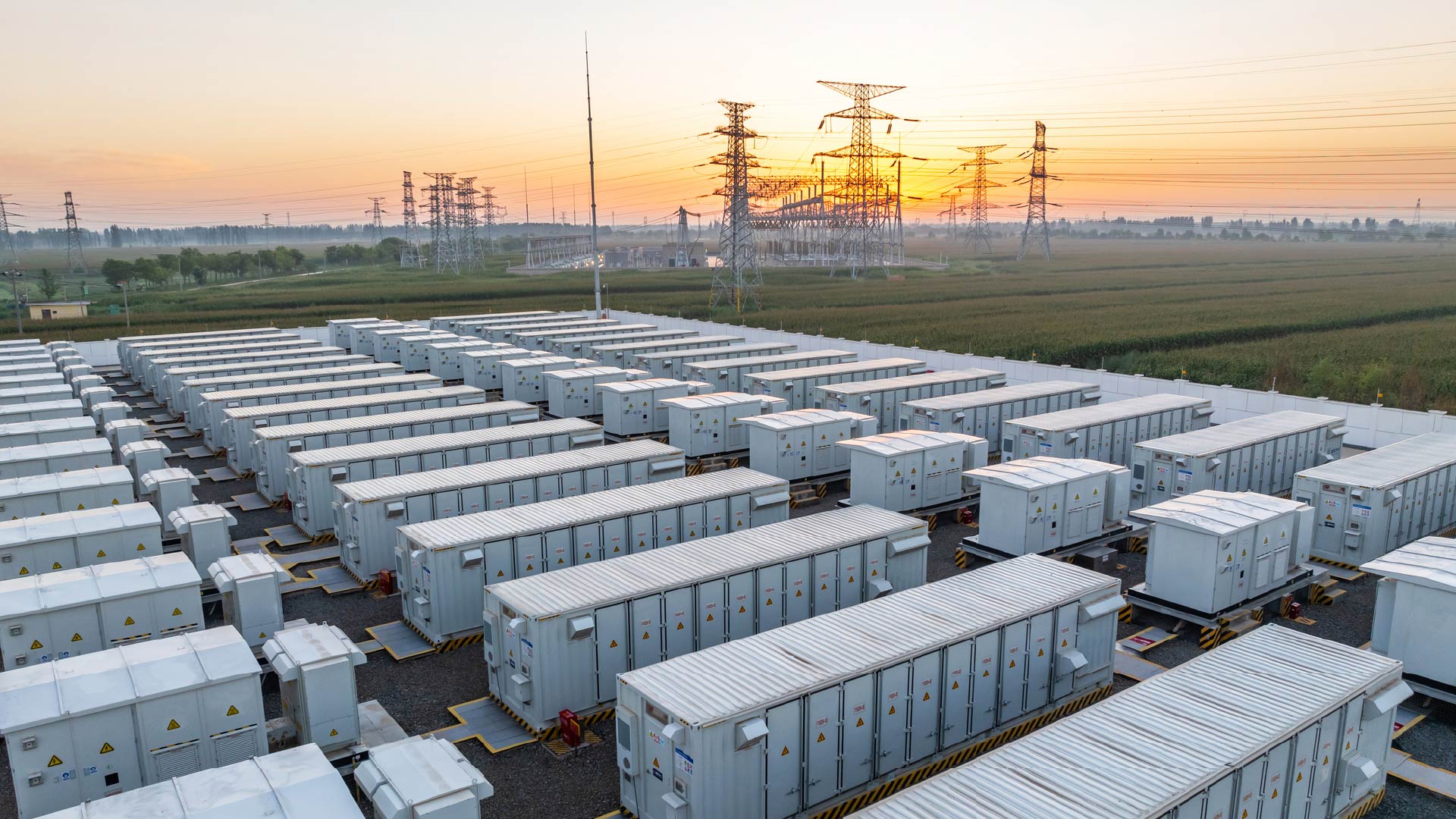Rewiring The Energy Market: The Case For Zonal Pricing In The UK
Decarbonizing the energy system requires a careful balance between rapidly deploying renewables and maintaining grid stability. In the UK, this balance has proven elusive. While renewable capacity has grown quickly, investment in the grid infrastructure needed to connect it has lagged. This has contributed to a backlog of projects waiting to connect to the grid, amounting to a connections queue of 701GW of electricity generation capacity at the end of 2024.
But this isn’t just an infrastructure problem, it’s a market design problem. The UK’s electricity system – like many around the world – was built for a fossil-fuel era. Today’s renewable generation, mostly concentrated in Scotland and the North of England, is often curtailed when demand peaks in the South, with the geographic mismatch resulting in expensive fossil fuel plants being fired up closer to demand. According to the Financial Times, British wind farms were paid to switch off for 13% of the time they could have been generating during the 2024–25 financial year, with the National Energy System Operator (NESO) having to pay £2.7 billion to balance supply and demand nationally. Markets designed for centralized fossil fuel power don’t value the flexibility or location of renewable generation.
Enter zonal pricing: the hotly debated proposal within the UK Government’s review of electricity market arrangements (REMA). Unlike our current single ‘national’ price, zonal pricing would introduce distinct wholesale electricity prices for different geographic zones, reflecting local supply-demand dynamics and grid congestion. In practice, this would result in lower wholesale electricity prices in areas with abundant generation and low demand, such as Scotland, and higher prices in demand-heavy zones like the Southeast. For example, a wind farm in the Scottish Highlands might face a lower market price than a gas plant near London, which reflects the actual cost of delivering power where it’s needed.
The potential upside is considerable. According to Octopus Energy, locational pricing could reduce system costs by at least £3.7 billion per year. Further, it would also accelerate the rollout of flexibility technologies, supporting a market with demand projected to reach £4.6 billion globally by 2030. Crucially, it could also help rebalance regional opportunities. Renewables-rich zones in the North – which have average lower incomes that the South – would benefit from lower electricity prices, meaning cheaper energy could stimulate local industry and create new investment opportunities.
Momentum is building, with a growing coalition of energy providers, investors and flexibility developers backing the proposed market reformation, including the UK’s largest energy supplier (Octopus Energy), NESO, Citizens Advice and the chief executive of energy regulator Ofgem. Major battery storage developers Gresham House and Statera Energy have also endorsed the market model, while in Westminster, the House of Lords Industry and Regulators Committee has formally recommended adopting zonal pricing, citing its ability to reduce constraints and improve efficiency.
However, public and political sensitivities loom large. Energy bills have become a flashpoint in British politics since the Russian invasion of Ukraine sent prices soaring. Without clear communication and strong consumer protections, zonal pricing could face resistance, particularly as the Conservative Party and Reform UK continue to stoke the debate over the costs of net zero. Further, regional price differences may trigger fears of ‘postcode penalties’, while complex questions around zone boundaries and legacy assets could further complicate implementation.
There are also economic risks to manage: lower wholesale prices in renewables-rich zones could dampen investment appetite, while higher prices in demand-heavy areas might inadvertently improve the business case for local fossil fuel generation. But these outcomes aren’t inevitable. With thoughtful policy design – including clear locational signals, robust carbon pricing and continued support for clean flexibility – these risks can be mitigated.
Zonal pricing isn’t a silver bullet, but it is a necessary step toward a modernized energy system. The UK cannot meet its 2030 clean power goals with a market built for fossil fuels. By aligning market signals with physical realities, zonal pricing can cut costs, drive smarter investment, and accelerate the transition to a more flexible and resilient grid. Success only relies on thoughtful design, careful timing and just enough political courage.
For further insights into the UK energy transition, see Verdantix Market Insight: UK Energy Transition In Focus.
About The Author

Isobel McPartlin
Analyst





